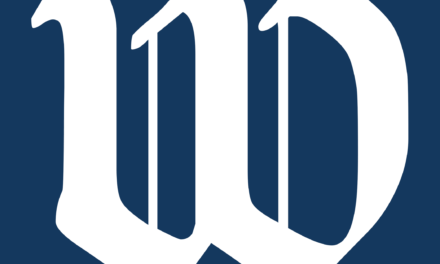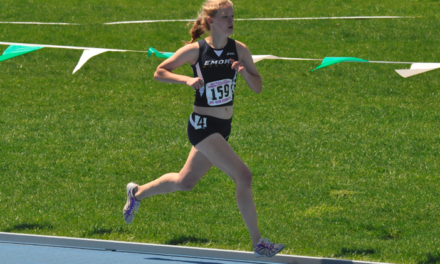If the first two games of the Atlanta’s post-Joe Johnson era are any indication, it will take some time before the questions surrounding the Hawks are answered.
After falling to the Houston Rockets in the season opener last Friday, the Hawks rebounded two days later to deliver a surprising road victory against defending Western Conference Champions Oklahoma City Thunder.
Based on these two games, it is evident that the team has enough depth and talent to defeat any team in the league on any given night. However, the same two games also show that the Hawks will need come out with fire every single night to be successful.
In the season opener, the Hawks came out flat and settled for too many perimeter shots. Poor shooting, uninspired defense and a lack of hustle in the rebounding department contributed to a forgettable start, as the Hawks entered the locker room at half time trailing by sixteen.
However, as the team returned to the court for the second half, they began to find focus and energy. By the fourth quarter, the Hawks had climbed their way back into the game and even took an 88-87 lead with just over seven minutes remaining.
Unfortunately, the team exhausted all of their energy in making the comeback, and as the fourth quarter wound down, Rockets star James Harden took advantage of the Hawks’ fatigue to put the game away on his way to scoring a career-high 45 points.
Despite the loss, Atlanta found encouragement in their near-comeback effort.
“I am proud of the way our guys fought back,” said Head Coach Larry Drew. “We did not play a good game of basketball, but we still put ourselves in a solid position at the end.”
Team captain Josh Smith looks at the near-comeback as a telling sign of his team’s character.
“We have a big resilience within our team,” said Smith. “We have some fight in us. We just have to tweak some things.”
Those tweaks are already in the process of being made. After watching Harden thoroughly overpower Devin Harris at the shooting guard position in the season opener, Drew replaced Harris’ speed for Deshawn Stevenson’s size in the starting lineup.
While the lineup switch did not appear to pay off at the start of the Hawks’ second game (Oklahoma City’s Shooting Guard Kevin Martin scored 22 first-half points), Stevenson’s size paid dividends in the second half, in which he limited Martin to only six points.
Even more encouraging than the team’s successful defensive adjustment was the team’s commitment to rebounding against the Thunder. After Houston outmaneuvered and outhustled them to a 22-rebound advantage Friday, the Hawks recovered with an aggressive attitude on the boards to win the rebounding battle in Oklahoma City.
Still, there are many things the Hawks need to work on. Having lost two impact starters from last year’s playoff roster, the Hawks do not expect to have their rotations or playbook set until later in the season.
One question the team may have answered within their first two games is whom they should look to on offense at the end of games. Last year’s Sixth Man of the Year Runner-Up Lou Williams, who signed a three-year contract with the Hawks over the summer, has always had a reputation around the league for being a good closer and has lived up to it so far this season.
In the fourth quarter against the Rockets, Williams showed off his scoring prowess with 13 points in the final period. Against the Thunder, Williams continued his late game heroics by tallying 10 points in the closing minutes of the game.
As for how long it will take the team to form the rest of their identity, only time will tell.
– By Jacob Eisenberg
The Emory Wheel was founded in 1919 and is currently the only independent, student-run newspaper of Emory University. The Wheel publishes weekly on Wednesdays during the academic year, except during University holidays and scheduled publication intermissions.
The Wheel is financially and editorially independent from the University. All of its content is generated by the Wheel’s more than 100 student staff members and contributing writers, and its printing costs are covered by profits from self-generated advertising sales.





